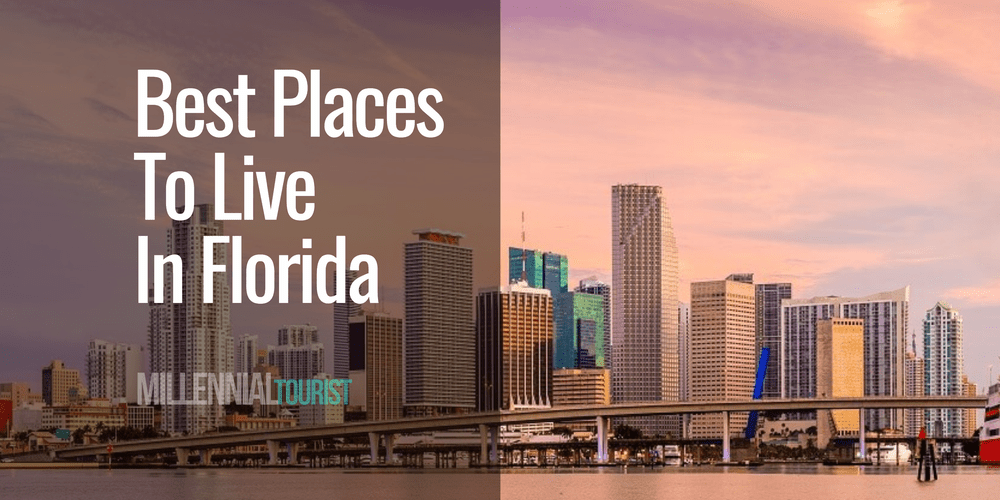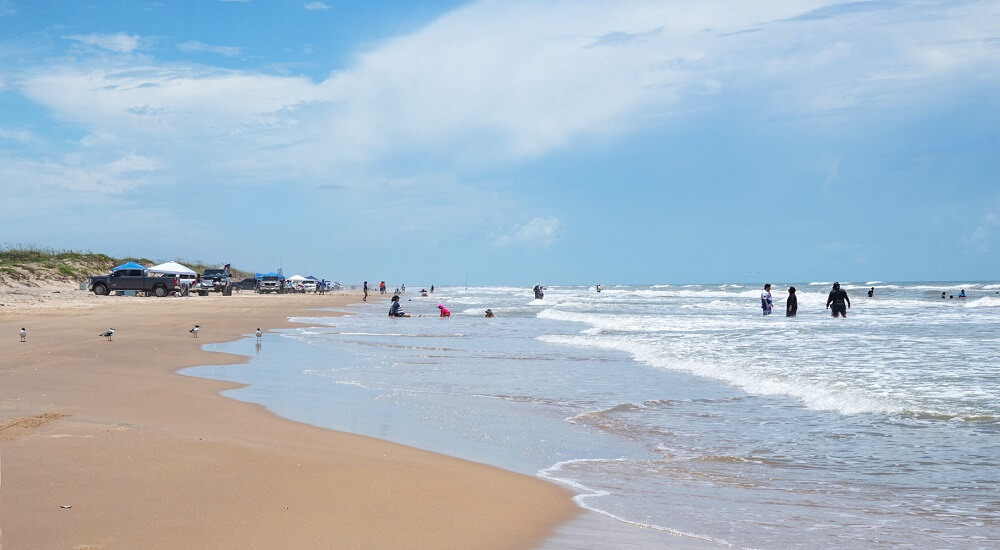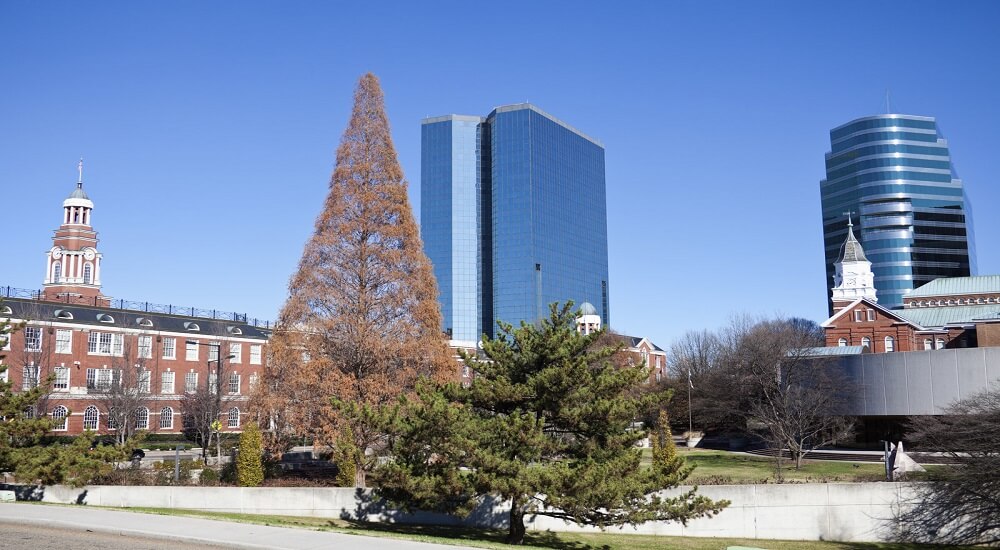The Cave and Basin National Historic Site is what I call the gem of the Canadian Rockies—located in Banff National Park, Alberta. This place is not just beautiful. It tells the story of how Canada’s national parks started. Indigenous peoples have cherished this place for over 10,000 years. Then, in 1883, three railway workers found it. This discovery led to Canada’s first national park. Caves and Basin hot springs is at the heart of this story. It connects people with nature.
When you visit, there’s lots to do and see. You’ll find interactive exhibits and short films. Some activities change with the seasons. All of these show the beauty and importance of this UNESCO World Heritage Site. This blog post will discuss the ultimate guide to visiting the Cave and Basin National Historic Site in Banff, Alberta.
Key Takeaways
- Cave and Basin National Historic Site is located in Banff National Park within the Canadian Rockies.
- This historic landmark marks the origin of Canada’s national parks system.
- Gained prominence with its discovery by three railway workers in 1883.
- Offers interactive exhibits, short films, and seasonal activities.
- It is recognized as a UNESCO World Heritage Site for its natural beauty and historical significance.
A Deep Dive into the History
Diving into the history of the Cave and Basin, I discovered that it’s not just the site of Canada’s first national park but also a place that has been known to Indigenous peoples for thousands of years. The first recorded reference to the thermal springs was in 1859, but it was the discovery by railway workers in the 1880s that brought widespread attention to the area. This sparked a series of events that would lead to the creation of Banff National Park, highlighting the site’s significance in Canadian history.
The unique geology of Cave and Basin
Exploring the Cave and Basin, I was fascinated by its unique geology. Located on the northeast flank of Sulphur Mountain in Banff, the site is part of a larger system of nine sulfurous hot springs in Alberta. These thermal springs, which have been a special place for Indigenous peoples for thousands of years, offer a glimpse into the natural forces that have shaped this landscape. The site is not just a hotspot for tourists; it’s an educational platform where visitors can learn about the natural and cultural history of the mountains. The thermal waters that flow from the cave accommodate groups of visitors, eager to learn about the geological forces at work.
Do you know about the endangered Banff Snail?
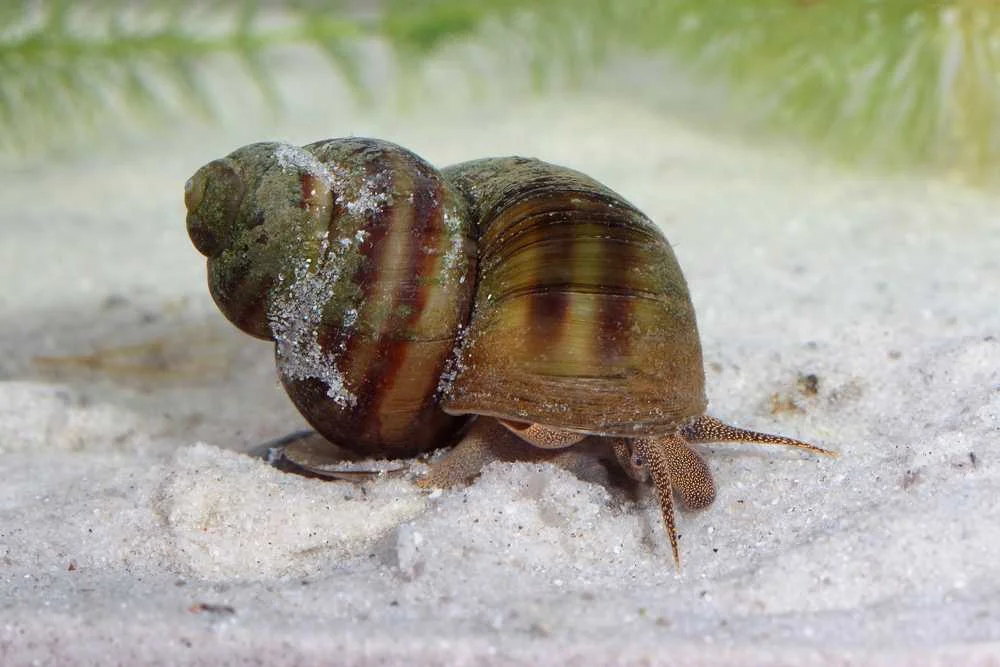
One of the most captivating discoveries during my visit was learning about the endangered Banff Springs snail, found only in the warm spring waters of the Cave and Basin Classified as endangered in the year 2000, this tiny snail is a unique species that calls the mineral-rich waters of the site home. Its presence is a reminder of the delicate balance of ecosystems and the importance of conservation efforts to protect these unique habitats.
Essential Tips for Visiting the Cave and Basin
Before heading to the Cave and Basin, I learned a few essential tips that made my visit more enjoyable. First, I found out that the cave can get quite crowded in the summer months, so planning an early visit or coming in the off-season could offer a more intimate experience with the site. I also discovered that while soaking in the thermal waters isn’t allowed at the Cave and Basin, the Banff Upper Hot Springs nearby offer a chance to experience the warm, mineral-rich waters.
Another helpful tip was about the logistics of visiting. The site boasts a gift shop, restrooms, a cafe, and a picnic area, ensuring visitors’ comfort during their stay. I was pleased to learn that admission for youth 17 and under is free, making it a great family destination. And, if you have a valid Annual Discovery Park Pass, entry is free. Knowing the operating hours in advance, especially the reduced hours in winter, helped me plan my visit to avoid any disappointments.
How to Get to Cave and Basin National Historic Site
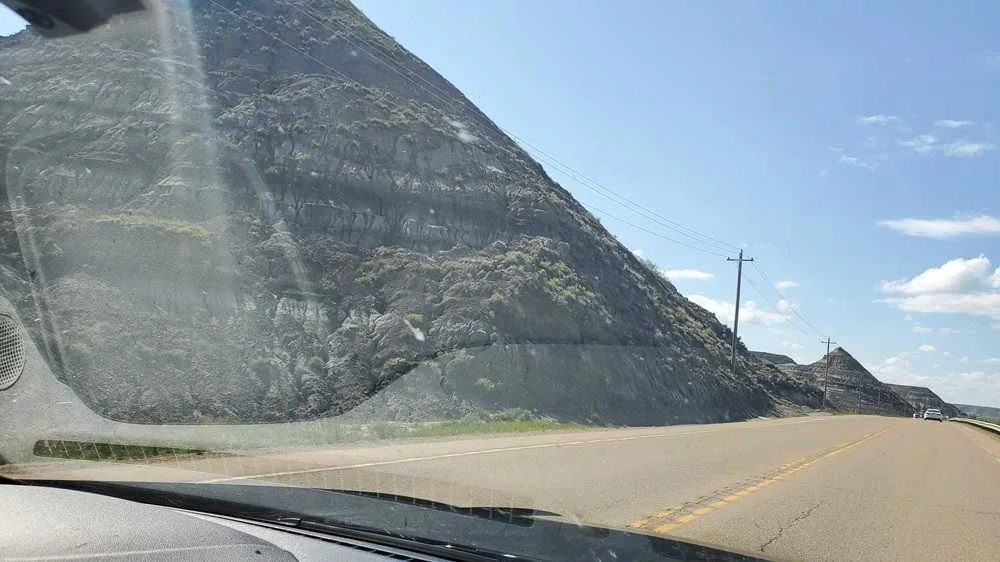
Address: 311 Cave Avenue, Banff, Banff National Park of Canada, Alberta
The Cave and Basin National Historic Site, Cave Avenue, Banff AB is easy to get to, offering many travel choices. You can drive or use public transport to reach this special place in the Canadian Rockies. It’s easy and the view is beautiful.
Driving Directions
If driving is your choice, the site is about 128 kilometers from Calgary International Airport. Take the Trans-Canada Highway (Highway 1) west of Calgary to reach the location. In Banff, take the Banff Avenue exit, keep going through the town, and then follow signs for Cave Avenue.
Public Transportation Options
There are many public transport options to the Cave and Basin National Historic Site. Shuttles from Calgary International Airport take you straight to Banff. From there, Banff Roam Transit has stops near the site. You can also find various private tour operators in Alberta. They offer packages that include trips to multiple Canadian Rockies attractions.
| Mode of Transport | Details |
| Car | 128 km from Calgary International Airport via Trans-Canada Highway |
| Shuttle | Direct services from Calgary to Banff, then local transit to Cave and Basin |
| Public Transit | Banff Roam Transit has routes to Cave Avenue |
| Tour Operators | Packages including multiple attractions in the Canadian Rockies |
Getting From Banff to Cave and Basin
The Cave and Basin are easily accessible from Banff. To reach the site from downtown Banff, you can drive along Cave Avenue, following signs for about five minutes, until you arrive at the location, where parking is available. Alternatively, Roam Public Transit offers bus services with Route 4, directly connecting the Banff town center to the historic site.
For those preferring a more active approach, the site is also accessible via a short walk or bike ride from downtown Banff, with dedicated trails leading to the entrance. For the most up-to-date transportation options and detailed directions, visit the Parks Canada website.
Recommended Post: 10 Best places to live in Alberta
Hours of Operation of Cave and Basin
The Cave and Basin National Historic Site is open from mid-May to mid-October. This is the best time to visit because of the weather and views. You can visit any day from 10 AM to 5 PM, but remember to check for updates.
Fees and Admission
Knowing about fees and admission is key for your visit. Kids 17 and under get in free, making it great for families. Adults pay a small fee that helps keep the site great.
Based on Parks Canada data, below are the definitions that apply to entry and fee categories
- Adult: Individuals between the ages of 18 and 64.
- Senior: Individuals aged 65 and older.
- Youth: Individuals aged 6 to 17.
- Family/Group: A group of up to 7 people arriving in one vehicle at a national park.
Admission is free for all youth aged 17 and under.
| Daily ADMISSION | ||
| Categories | Fees | |
| Adult | $9.00 | |
| Senior | $7.50 | |
| Youth | Free | |
| Commercial Group, per person | $7.65 | |
| Thermal Waters Pass | Includes admission to Cave and Basin and Banff Upper Hot Springs. Locker token included. | |
| Adult | $24.00 | |
| Senior | $20.75 | |
| Youth (ages 3 to 17) | $15.25 | |
| Child (under age 3) | Free | |
| Family | $75.75 | |
| Extra Youth | $8.50 | Youth aged 17 and under can visit the Cave and Basin National Historic Site for free. However, youth have to pay to get into Banff Upper Hot Springs |
| Family Admission Savings | Family admission saves for four members (max 2 adults): | |
| – 2 adults and 2 youth | ||
| – 1 senior, 1 adult, and 2 youth | ||
| – 2 seniors and 2 youth | ||
| Parks Canada Discovery Pass | ||
| Adult | $75.25 | |
| Senior | $64.50 | |
| Family/Group | $151.25 | |
| HERITAGE PRESENTATION SPECIAL PROGRAMS | ||
| Enhanced Programs | ||
| Cave and Basin Tour, per group of 28 | $71.00 | |
| Natural History Tour, per group of 28 | $141.75 | |
| Nature’s Moments slideshow, per person | $16.50 | |
| Admission to Parks Canada sites for youth aged 17 and under is free! It’s a wonderful chance to make cherished family memories. | ||
You can purchase the discovery pass by visiting the Parks Canada page.
What to Explore at the Site
Visiting the Cave and Basin National Historic Site is like stepping into a natural wonderland that tells the story of Canada’s national parks. There’s so much to see and do here that makes the site one of the best things to do in Banff, Alberta. but knowing the must-see spots and navigating the site efficiently can help make the visit unforgettable. I always start with the main attractions and then explore the surrounding beauty leisurely, making sure not to miss the hidden gems.
My tip for navigating the site is to grab a map at the entrance or download one online before you visit. This way, you can mark the spots you’re most interested in and plan your route to see them all. Also, wearing comfortable shoes is a must because there’s a lot of ground to cover, and you wouldn’t want sore feet to slow you down!
1. Interactive Exhibits
At Cave and Basin, interactive exhibits make learning fun. They help visitors understand the area’s history and nature. Families, historians, and nature lovers will find something interesting here.
2. Tours and Seasonal Activities
Tours at Cave and Basin are offered all year. They provide deep insights into the site’s history and nature. Also, there are activities like snowshoeing in winter and bird-watching in spring. These programs make sure there’s always something new to discover.
To find out more about tours and activities, check the Cave and Basin National Historic Site’s official info. It will help you plan your visit well.
| Exhibit Name | Description |
| Geological Time Machine | A journey through the Earth’s geological history, unveiling the remarkable rock formations of Cave and Basin. |
| Indigenous Heritage Exhibit | An exploration of the Indigenous Peoples’ connection to the land, featuring artifacts and stories passed through generations. |
| Natural Springs Display | An engaging exhibit highlighting the unique geothermal activity and ecology of the natural springs. |
3. The Main Attraction: The Cave Itself
The cave at the Cave and Basin is absolutely the star of the show. Walking through the dimly lit passages, you can’t help but feel a sense of wonder. The thermal waters that seep from the rocks create a misty atmosphere that’s both mysterious and inviting. It’s incredible to think that this place has been special to Indigenous peoples for over 10,000 years and continues to hold such significance.
Diving deeper into the cave, the stories of its discovery and its role in the creation of Canada’s national parks unfold. Learning about the three railway workers who stumbled upon the thermal springs in 1883 adds a human element to the natural beauty. It’s a reminder of the connection between people and the land, and how important it is to preserve these treasures.
4. The Historical Swimming Pavilion
One of my favorite spots to visit is the historical swimming pavilion. It’s like stepping back in time to when people would come from all over to bathe in the thermal pools. Although swimming is no longer allowed, the pavilion still stands as a testament to the site’s long history of attracting visitors seeking the healing powers of the hot springs. It’s fascinating to imagine what it was like in its heyday.
5. The Engaging Discovery Boardwalk
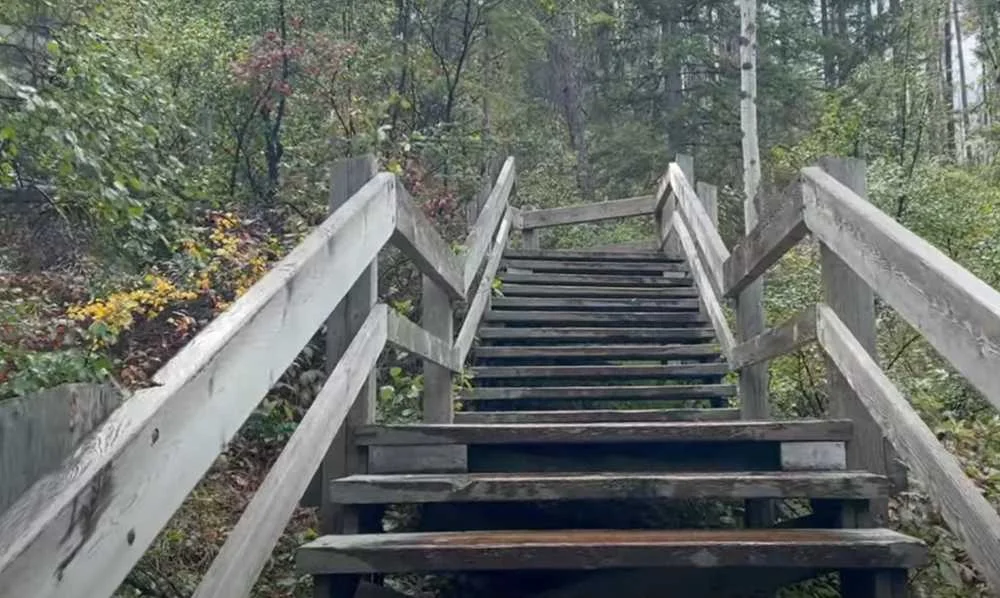
The Discovery Boardwalk is another must-see. This engaging trail takes you on a journey through the site’s rich biodiversity and geothermal features. Walking along the boardwalk, you can’t help but be amazed by the thermal pools and the unique ecosystem they support. It’s an educational experience that also allows you to enjoy the beauty of nature up close. I always recommend taking your time here to soak it all in.
6. Viewing Deck: A Panoramic Splendor
For the best view of the entire site, make your way to the viewing deck. The panoramic view from this spot is simply breathtaking. You can see the cave, the basin, and the surrounding mountains in all their glory. It’s the perfect place to take photos and capture the beauty of the site. I always find myself spending more time here than I plan, just taking in the view.
7. Hiking Trails Originating from Cave and Basin
Starting from the Cave and Basin, several hiking trails take you deeper into the beauty of Banff National Park. One of these is the interpretive walk to the cave vent, a fascinating journey that offers insight into the geological and ecological aspects of the area. It’s an easy trek that’s suitable for most visitors, and it provides a unique perspective on the natural forces that shaped this landscape.
Another trail worth exploring is the Marsh Loop. This trail offers a peaceful escape into nature, with beautiful views of the natural river marsh and the surrounding mountains. It’s a great way to immerse yourself in the tranquility of the park while getting a chance to spot some wildlife. The Marsh Loop is an experience that connects you with the natural world in a very special way.
8. Trek the Marsh Loop
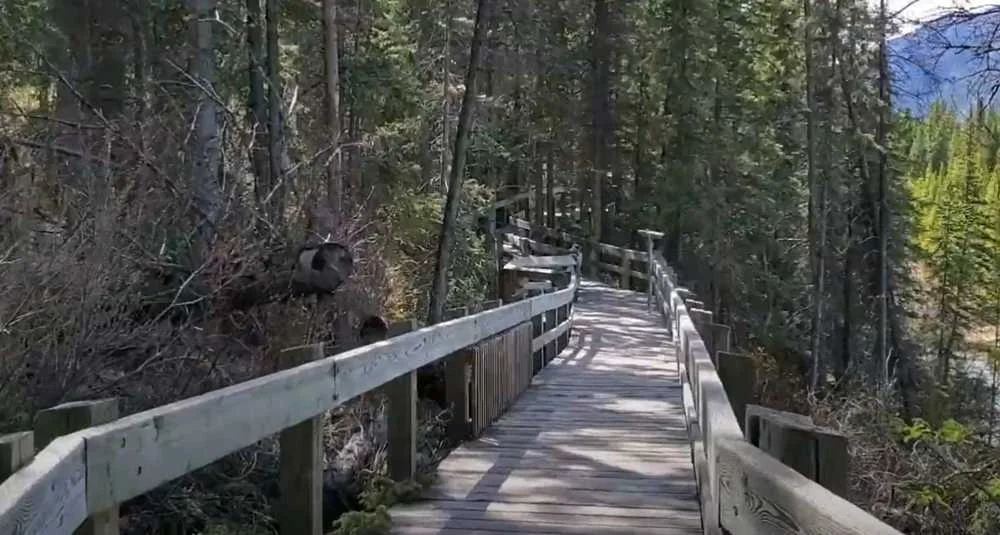
The Marsh Loop trail is a gentle yet rewarding hike that takes about 45 minutes to complete. It winds through a beautiful natural river marsh, offering opportunities to see a variety of birds and other wildlife. The peaceful ambiance and the stunning views of Mount Norquay in the distance make this trek one of my favorites. I always recommend starting early in the morning when the wildlife is most active and the trail is less crowded.
Along the Marsh Loop trail, interpretive signs provide interesting facts about the area’s flora and fauna, making the hike both educational and enjoyable. The trail is well-maintained and suitable for hikers of all levels, including families with children. It’s a must-do for anyone visiting the Cave and Basin, offering a glimpse into the natural beauty that surrounds this historic site.
9. Explore Sundance Canyon Trail

The Sundance Canyon trail is an adventure that takes you through some of the most scenic parts of Banff National Park. Starting from the Cave and Basin, the trail leads you past the marsh loop and into the heart of Sundance Canyon. The journey is filled with breathtaking views of the Canadian Rockies, making it a perfect hike for those who love to explore the great outdoors.
As you trek through Sundance Canyon, the landscape changes, offering a diverse range of sights from dense forests to cascading waterfalls. The trail is a bit more challenging than the Marsh Loop, but it’s well worth the effort for the stunning scenery and the sense of accomplishment when you reach the canyon. It’s an unforgettable experience that showcases the beauty and diversity of the Canadian Rockies.
Beyond the Cave: The Basin and Surrounding Attractions
After exploring the cave, stepping outside to see the basin and the surrounding attractions feels like a breath of fresh air. The basin, with its serene water and lush greenery, offers a perfect spot for reflection. Walking around, I always find myself captivated by the hot water that naturally seeps from the rocks, filling the air with the smell of minerals. It’s a truly unique experience that connects you with the earth in a profound way.
But how about if you plan to explore the surrounding attractions? Well, I got you covered. Here are the top 5 surrounding attractions of the Cave and Basin National Historic Site in Banff, Alberta:
Here are the top 5 surrounding attractions of the Cave and Basin:
- Banff Upper Hot Springs: A popular attraction for its naturally heated mineral water, offering a relaxing experience with stunning mountain views.
- Banff Gondola: Provides a scenic ride to the top of Sulphur Mountain, where you can enjoy panoramic views of the Canadian Rockies and explore the boardwalk and observation decks.
- Bow Falls: A beautiful waterfall located near the Banff Springs Hotel, perfect for a picturesque walk or a quick photo stop.
- Banff Park Museum: This historic museum showcases natural history exhibits, including taxidermy animals and artifacts, offering insights into the region’s wildlife and environment.
- Whyte Museum of the Canadian Rockies: Features art, culture, and history of the Canadian Rockies, with exhibits on local heritage, photography, and artwork from regional artists.
Final Reflection: Cave and Basin National Historic Site
As I reflect on my time spent at Cave and Basin, I’m reminded of its profound impact on me. Located at 311 Cave Ave, Banff, AB T1L 1K2, this site is more than just a historical landmark; it’s a testament to the beauty and complexity of the natural world. From the endangered species that find refuge here to the basin bathhouse that tells tales of a bygone era, every aspect of this site has left an indelible mark on my heart. The surrounding boardwalks and nearby trails offer endless opportunities for exploration and discovery, making every visit a unique adventure.
Approximately 1 hour spent here feels like a brief moment in time, yet the memories and lessons learned linger long after. Cave and Basin is not just a place to visit; it’s a journey through Canada’s natural and cultural history, a place where conservation and appreciation for the environment go hand in hand.
A trip to the Cave and Basin is like traveling through history. It shows the importance of the place to Indigenous Peoples, nature’s incredible works, and the hard work to keep it safe. If you’re into the bond between nature and culture, this place is a must-see. It helps us understand our past, enjoy our present, and look after our future for others.
FAQ: Cave and Basin hot springs
How clean is the cave and basin water?
Cave water at the Cave and Basin National Historic Site is clear and maintained for historical and ecological purposes, but it is not treated for human use.
Can you go to the hot springs at Cave and Basin?
No, visitors are not allowed to swim in the hot springs at Cave and Basin due to the delicate ecosystem and preservation efforts.
Is Cave and Basin Banff free?
Admission to the Cave and Basin National Historic Site is free for youth 17 and under; adults and seniors must pay an entry fee
Is Cave and Basin worth visiting?
Yes, Cave and Basin is worth visiting for its historical significance, unique natural features, and educational exhibits.
What is the historical significance of the Cave and Basin National Historic Site?
The Cave and Basin National Historic Site is significant because it marks the birthplace of Canada’s national parks system, established in 1885. The discovery of the hot springs here led to the creation of Banff National Park, the first national park in Canada, and the third in the world. This site symbolizes the start of Canada’s conservation movement and the development of a protected natural area network across the country.
What kinds of experiences and activities can I expect at the Cave and Basin National Historic Site?
At the Cave and Basin National Historic Site, you can explore the historic cave and hot springs, enjoy interactive exhibits on the area’s natural and cultural history, and walk along scenic boardwalk trails. Additionally, you can participate in seasonal special events and programs such as guided nature walks, evening lantern tours, and hands-on workshops. Wildlife viewing opportunities are also available in the surrounding area.
What are the natural features of the Cave and Basin National Historic Site?
The Cave and Basin National Historic Site features thermal mineral springs emerging from Sulphur Mountain, known for their high sulfur content and distinctive smell. The site also includes a crystal-clear thermal spring pool inside a cave, marshes, and wetlands that support diverse flora and fauna, and a network of scenic boardwalks and trails for exploring the natural beauty and biodiversity of the area.
How can I get to the Cave and Basin National Historic Site?
You can reach the Cave and Basin National Historic Site in Banff, Alberta, by driving along Cave Avenue from downtown Banff, which takes about five minutes. Roam Public Transit’s Route 4 also connects the Banff town center to the site. Additionally, it’s accessible by a short walk or bike ride using dedicated trails from downtown Banff. For the latest transportation options and directions, check the Parks Canada website.
